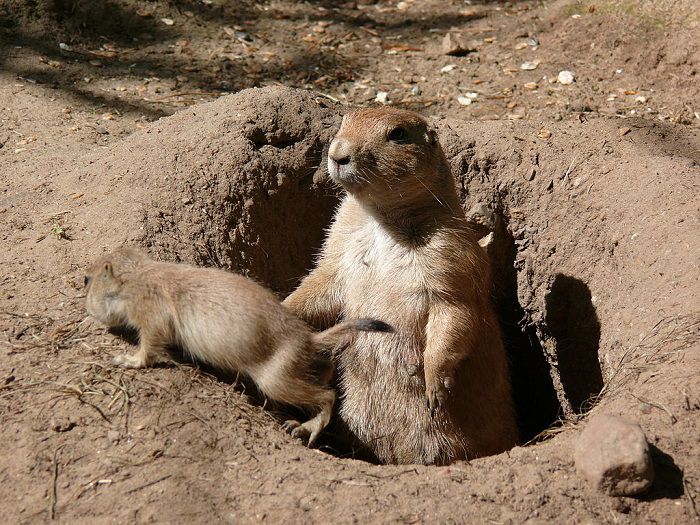Table of Contents
Prairie dogs are native to the prairies of North America (hence the name) and like to be kept in temperatures of around 70F. This is around the normal room temperature for most homes, which is ideal. Extreme fluctuations in home temperature should be avoided though. If it becomes too hot for your pet, it could suffer with heat stroke; temperatures that are too cold could cause lethargy and stress. If you tend to keep the temperature of your home pretty stable, why would your prairie dog be cold?
Is Your Prairie Dog Very Young?
Prairie dogs that have been taken from their mother before being fully weaned can become very cold. The reason for this is that they have lost their layer of baby fat. It is important that prairie dogs are fully weaned and used to eating solid foods before being taken away from their mother and moved to a new home.
that have been taken from their mother before being fully weaned can become very cold. The reason for this is that they have lost their layer of baby fat. It is important that prairie dogs are fully weaned and used to eating solid foods before being taken away from their mother and moved to a new home.
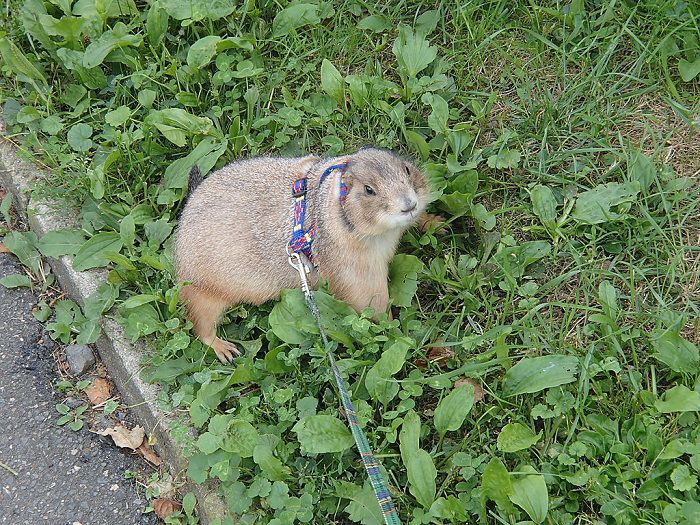
Prairie Dog as Pet 
A Pair of Prairie Dogs 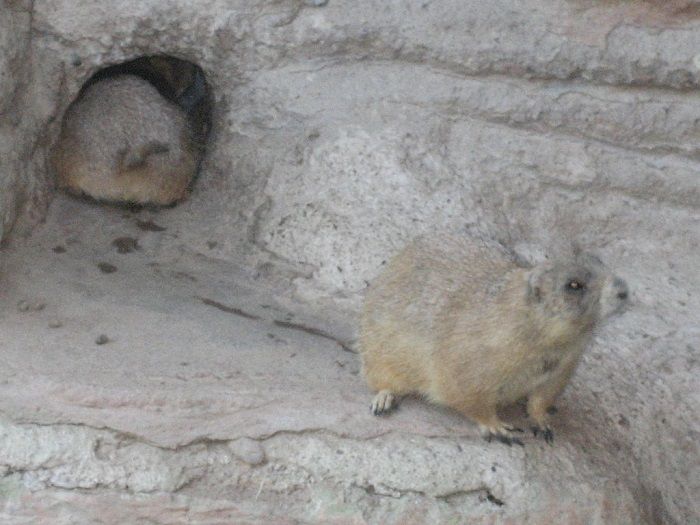
Prairie Dog in a Zoo 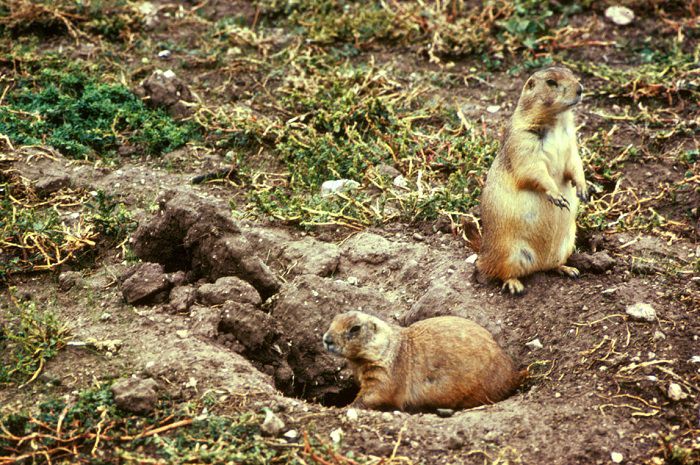
Prairie Dogs at Burrow Entrance
Baby prairie dogs that have lost their protective layer of fat will get cold very quickly. Moreover, unless they are warmed up adequately, they could die. If your new pet seems cold, it is best to heat its enclosure. You can do this by placing a heat pad underneath the enclosure on a low setting. However, ensure that the heat pad is placed on one side of the enclosure only. This will allow your pet to move to a cooler side should it get too hot. Heat pads can be purchased from a local pet store or online. If you are interested, Amazon sells a great collection here (opens in a new tab).
(opens in a new tab).
If your prairie dog is struggling to eat solid foods, you may need to handfeed it liquids with a syringe. It is probably a good idea to speak to your vet about whether or not you need to be adding any supplements or rehydration salts to the animal’s diet at this stage.
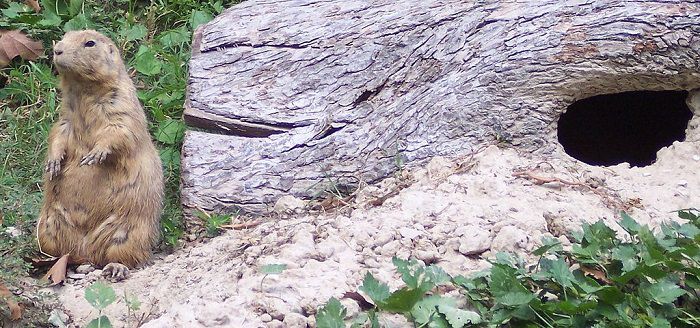
A Prairie Dog and His Hole 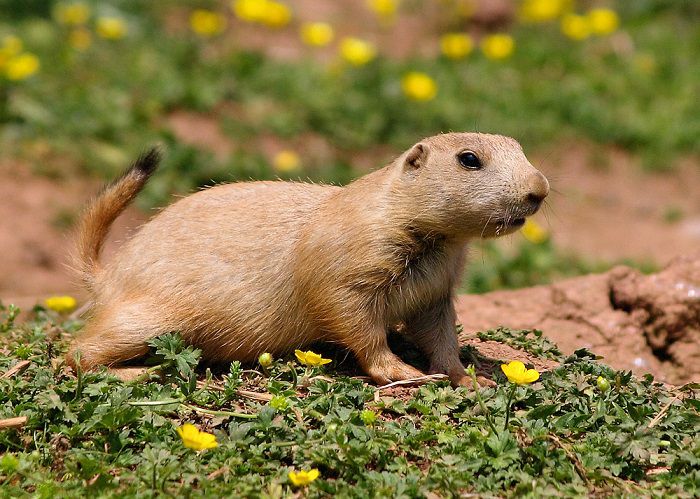
Prairie Dog – Paignton Zoo, UK 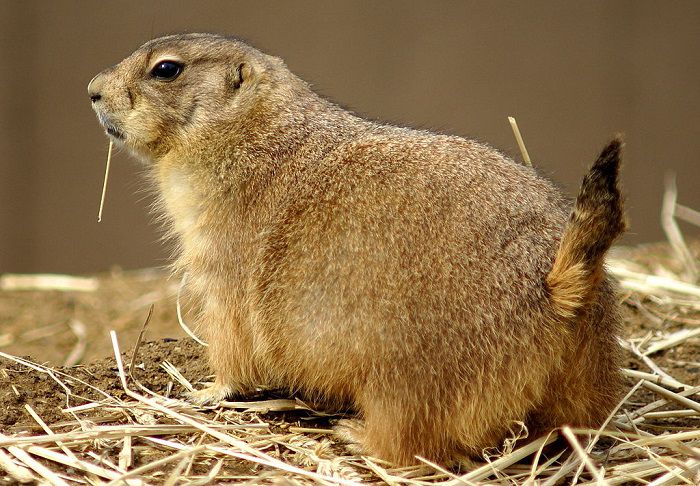
Black-Tailed Prairie Dog Foraging 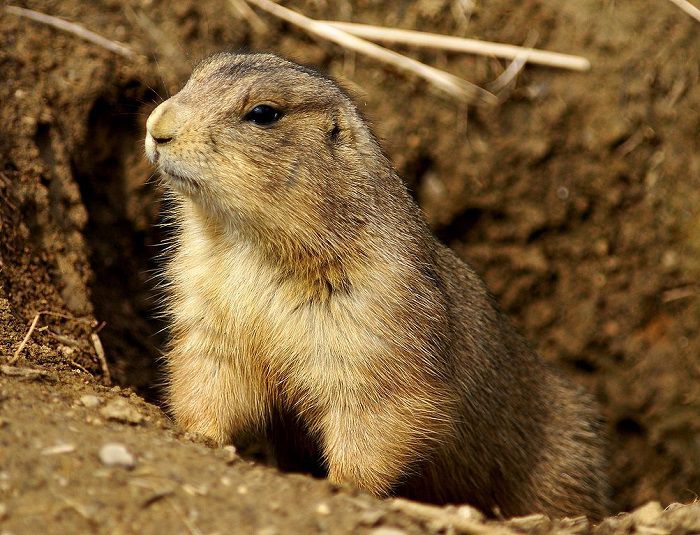
Prairie Dog at Burrow Entrance 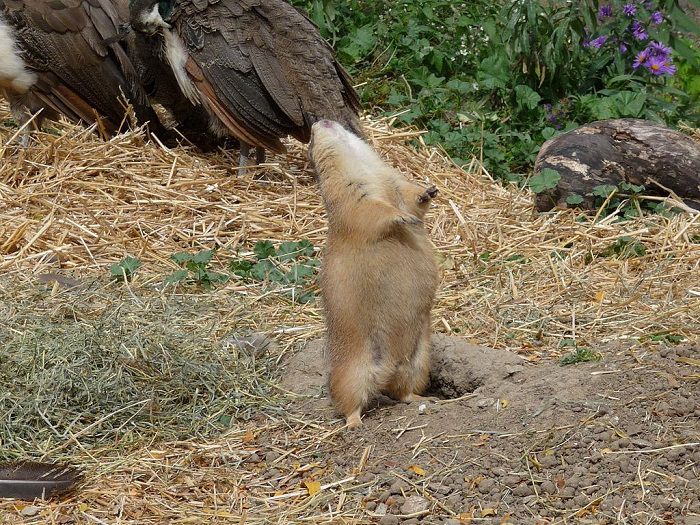
Prairie Dog Calling
Illness in Prairie Dogs
As with all other animals, prairie dogs can get sick from time to time. A common illness that affects these creatures is respiratory infection. If your pet is suffering with this type of illness, it may become lethargic, stop eating, and the body temperature might drop. If your prairie dog is older and seems cold and lethargic, it is crucial that you seek assistance from a vet.
It is important to try to keep your pet as warm as possible while you wait to have it seen by a vet. You can do this as above with a heat pad. Never place your pet directly onto a heat pad though. If you need to raise its temperature quickly, place the heat pad into your prairie dog’s enclosure but be sure to cover it in a towel to prevent your pet from getting burned.

Black-Tailed Prairie Dog 
Juvenile Prairie Dogs 
Prairie Dog Family
It is also vital that you make sure your prairie dog is getting enough fluids. If it is not drinking from its bowl or tube, try offering drops of water from a syringe. Be sure to do this slowly, especially if your pet is gasping for air. If you try to give to much water when the animal is gasping, the water could get into its lungs.
Your vet will be able to provide further advice and will likely want to examine your pet. It may be that it needs a course of antibiotics to clear up the infection.
Photo Credits:
- Featured Image (Female Prairie Dog with Juvenile): Gunnar Ries – CC BY-SA 2.5

- A Pair of Prairie Dogs: Brocken Inaglory
 – CC BY-SA 3.0
– CC BY-SA 3.0
- Prairie Dog as Pet: Nazgul03
 – CC BY 2.0
– CC BY 2.0
- Black-Tailed Prairie Dog: Joe Ravi
 – CC BY-SA 3.0
– CC BY-SA 3.0
- Prairie Dog in a Zoo: Twowells
 – CC BY-SA 3.0
– CC BY-SA 3.0
- Prairie Dogs at Burrow Entrance: Curtis J. Carley
 – public domain
– public domain - A Prairie Dog and His Hole: Sidious1701
 – public domain
– public domain - Prairie Dog – Paignton Zoo, UK: Steve Polkinghorne – CC BY 2.0

- Black-Tailed Prairie Dog Foraging: Aaron Siirila
 – CC BY-SA 2.5
– CC BY-SA 2.5
- Prairie Dog at Burrow Entrance: Asiir
 – CC BY-SA 2.5
– CC BY-SA 2.5
- Prairie Dog Calling: Milojacks – CC BY-SA 3.0

- Juvenile Prairie Dogs: Cburnett
 – CC BY-SA 3.0
– CC BY-SA 3.0
- Prairie Dog Family: Mathae
 (assumed) – CC BY-SA 3.0
(assumed) – CC BY-SA 3.0

